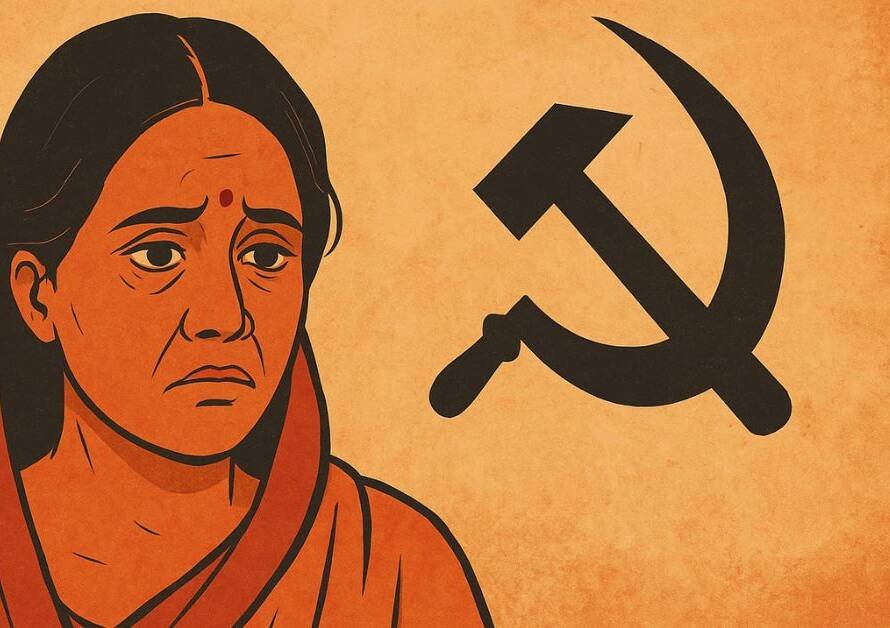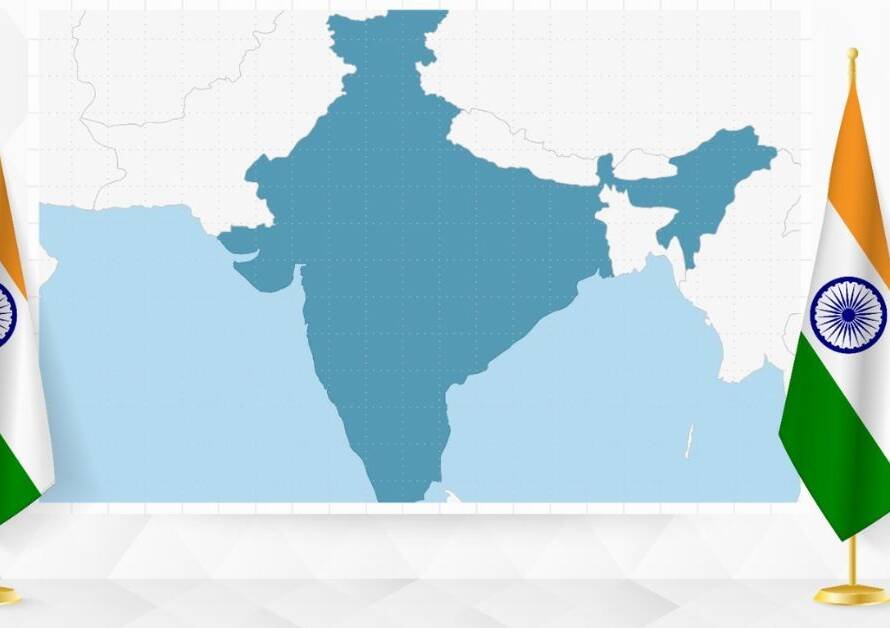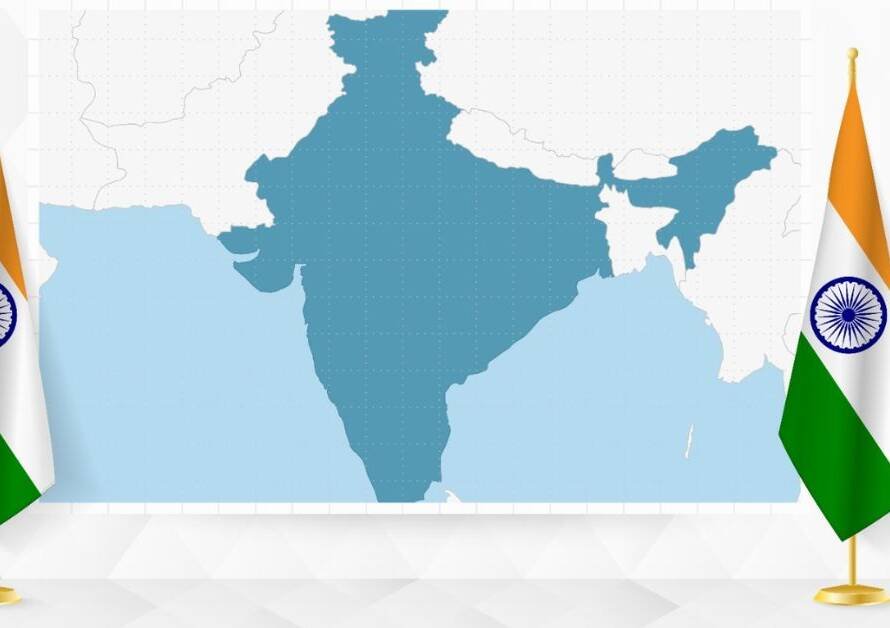Language has played a crucial role in shaping India’s political landscape, but instead of fostering unity, it has often been used as a divisive tool that weakens nationalistic sentiments, threatens sovereignty, and undermines India’s integrity. From the reorganization of states on linguistic lines in the 1950s to the continued exploitation of linguistic differences by political parties today, language politics has deepened regional divides, fueled separatist tendencies, and weakened the sense of national unity.
While linguistic diversity is an integral part of India’s cultural identity, the political manipulation of language has caused long-term damage, encouraging regionalism over nationalism. It is imperative to strike a balance between regional identity and national integrity to preserve India’s sovereignty and safety.
1. The Reorganization of States: The Seeds of Division
The 1956 States Reorganization Act, which divided India’s states along linguistic lines, was intended to ease governance but instead planted the seeds of regionalism, weakening the sense of national unity.
a. Andhra Pradesh and the Beginning of Linguistic Division
- Andhra Pradesh became the first state formed on linguistic lines (1953) after Potti Sriramulu’s hunger strike for a Telugu-speaking state.
- This created a precedent for other linguistic groups to demand their own states, leading to fragmentation based on language rather than national interest.
b. Maharashtra-Gujarat Conflict (1960)
- The Samyukta Maharashtra Movement led to violent protests for a separate Marathi-speaking state, with Mumbai at the center of the conflict.
- The division of Bombay State into Maharashtra and Gujarat was driven by linguistic identity rather than economic or strategic considerations, weakening national cohesion.
c. Punjab and the Linguistic-Religious Divide
- The 1966 Punjab Reorganization Act divided Punjab into Punjab (Punjabi-speaking), Haryana (Hindi-speaking), and Himachal Pradesh (Pahari-speaking).
- This linguistic division, combined with religious politics, later fueled Sikh separatism and the Khalistan movement, posing a direct threat to India’s sovereignty.
2. Language-Based Regionalism: A Political Weapon Against National Unity
Political parties have used linguistic identity as a vote-bank strategy, creating deep fractures within Indian society. This regional favoritism weakens the spirit of nationalism and fosters conflict between states and communities.
a. Tamil Nadu: The Dravidian Movement and Anti-Hindi Sentiments
- The Dravidian movement began as a response to perceived Hindi imposition, but over time, it transformed into a powerful political tool for regional parties like DMK and AIADMK.
- The Anti-Hindi Agitation of 1965 created a lasting divide, with many Tamils rejecting Hindi even today, making national integration difficult.
- The portrayal of Hindi as a threat to Tamil identity has created regional hostility toward North Indians, undermining national unity.
b. Maharashtra: Linguistic Chauvinism and Violence Against Migrants
- The Shiv Sena and MNS (Maharashtra Navnirman Sena) built their base on Marathi linguistic nationalism, advocating for “Mumbai for Marathis.”
- Attacks on Hindi-speaking migrants (Biharis, UPites) in 2008 showcased how language-based politics fuels hatred and damages India’s internal harmony.
c. West Bengal: Bengali Identity vs. National Integration
- Political parties like the TMC have used Bengali linguistic pride to oppose Hindi and central policies, often positioning themselves as defenders of Bengali culture against ‘Hindi-speaking outsiders.’
- During the CAA-NRC protests, linguistic identity was used to create internal divisions, making it harder to implement national policies smoothly.
d. Karnataka: Anti-Hindi Movements and Regionalism
- In 2017, Kannada activists protested against Hindi signage in Bangalore Metro, demanding exclusive use of Kannada.
- Political parties like JD(S) and pro-Kannada groups have used anti-Hindi rhetoric to mobilize voters, further isolating Karnataka from national linguistic integration.
3. The Hindi vs. Non-Hindi Debate: A Continuous Source of Conflict
The ongoing struggle over Hindi’s status has been one of the most politically exploited issues, often dividing Indians rather than uniting them.
a. The 1965 Hindi Language Crisis
- The Indian Constitution (1950) proposed replacing English with Hindi as the official language.
- This led to violent protests in Tamil Nadu, Bengal, and the Northeast, forcing the government to allow English to remain indefinitely.
- The long-term impact was a deep-rooted suspicion of Hindi, preventing linguistic unity.
b. BJP’s Recent Push for Hindi and the Backlash
- The BJP government has faced accusations of promoting Hindi at the cost of regional languages.
- In 2019, Amit Shah suggested Hindi as the national language, triggering strong opposition from Tamil Nadu, Karnataka, and the Northeast.
- The National Education Policy (2020) faced backlash for its perceived push toward Hindi, further alienating non-Hindi speakers.
c. Northeast’s Resistance to Hindi
- In states like Manipur, Meghalaya, and Mizoram, Hindi is seen as a threat to indigenous languages, leading to political mobilization against Hindi policies.
- Many regional parties use “Hindi imposition” as a strategy to assert their cultural autonomy, creating a disconnect from the national mainstream.
4. Language as a Tool for Separatism: A Direct Threat to National Sovereignty
Language-based politics has not only created regional divisions but also fueled separatist movements, directly challenging India’s territorial integrity and sovereignty.
a. Khalistan Movement and Punjabi Identity
- The Khalistan movement in the 1980s was partly fueled by linguistic identity, with separatists claiming that Punjab’s linguistic and religious uniqueness justified a separate nation.
- Political parties exploited this sentiment, alternating between supporting and suppressing the movement based on electoral needs.
b. Gorkhaland and Nepali Identity (West Bengal)
- The demand for Gorkhaland is rooted in Nepali linguistic identity, with leaders arguing that Nepali speakers are distinct from Bengalis.
- This demand has led to violent clashes and bandhs, creating instability in North Bengal.
c. Assam and Linguistic Conflicts
- Assam has witnessed violence against Bengali and Hindi-speaking settlers, with political groups using linguistic nationalism to mobilize against ‘outsiders’.
- This has led to communal violence, social unrest, and further alienation from the national mainstream.
The Need for a Balanced Approach
✔ Language politics has severely harmed India’s nationalistic sentiments, integrity, and sovereignty.
✔ Instead of uniting Indians, linguistic divisions have fueled regionalism, separatism, and internal conflicts.
✔ Political exploitation of language has weakened India’s internal security and created hostility among states and communities.
The Way Forward: Balancing Regional Identity with National Integrity
1. Promote Multilingual Education
- Schools should teach regional languages while also promoting Hindi and English as national link languages.
2. Recognize Linguistic Diversity Without Encouraging Division
- The government should support all languages but ensure that language-based divisions do not compromise national unity.
3. End Political Exploitation of Language
- Leaders must stop using language as a tool for vote-bank politics and work toward linguistic harmony.
4. Strengthen National Integration Through a Common Language
- Hindi should be promoted as a unifying language, but not imposed.
- Regional languages should be preserved and respected.
Rather than allowing language to divide India, we must embrace multilingualism as a strength while ensuring national unity, integrity, and sovereignty. The time has come to rise above linguistic divisions and reaffirm our commitment to “One India, Strong India.”







